


© 2025 City Facial Plastics. All Rights Reserved.
Double board-certified and Ivy League-educated facial plastic surgeon Dr. Linkov takes a sophisticated approach to the common nose job. As one of the best rhinoplasty surgeons in New York City, he considers ethnic characteristics, cosmetic and functional imperfections when meticulously planning the process and outcome.
Adjunct assistant professor at New York University, Dr. Linkov has performed more rhinoplasty procedures than the majority of facial plastic surgeons in New York. His vast experience, pre-operative systematic analysis, and attention to detail have made him the number one choice for a rhinoplasty surgeon in the U.S. and worldwide.
At City Facial Plastics on Manhattan’s Upper East Side, you can receive stunning yet natural results. You’ll look and feel better after this talented surgeon preserves your nose functions while balancing its aesthetics with the rest of your face. Call us today to find out if you’re a good candidate for the in-depth facial evaluation for the rhinoplasty procedure.
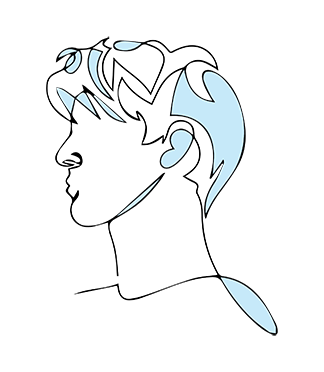

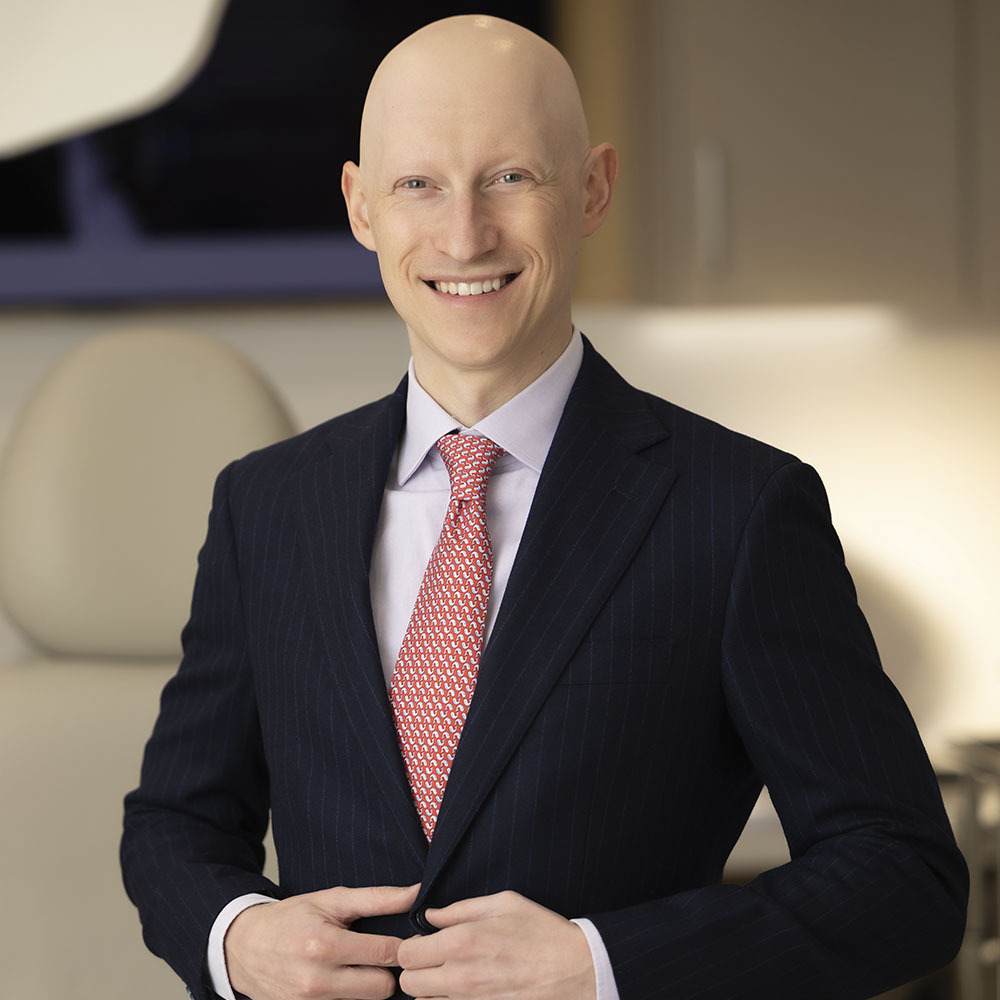 The word rhinoplasty derives from the Greek rhis (nose) and plassein (to shape). This nose surgery involves making changes to the skeleton of your nose to improve your breathing and/or appearance. While rhinoplasty is the technical term for a nose job, the term doesn’t capture the full breadth of surgeries that can be performed on the nose to reshape and improve nasal function, which include:
The word rhinoplasty derives from the Greek rhis (nose) and plassein (to shape). This nose surgery involves making changes to the skeleton of your nose to improve your breathing and/or appearance. While rhinoplasty is the technical term for a nose job, the term doesn’t capture the full breadth of surgeries that can be performed on the nose to reshape and improve nasal function, which include:
When you visit City Facial Plastics on Manhattan’s Upper East Side for a consultation, Dr. Gary Linkov spends the necessary time on an extensive evaluation of your nasal airways. He puts his vast experience into this pre-operative systematic analysis. His expertise and attention to detail has made him the number one choice for nose job patients not only within the U.S., but from all over the world.
Visit our clinic to eliminate cosmetic or functional imperfections in the safe and reassuring hands of the best rhinoplasty doctors in Manhattan, NY.
Rhinoplasty Case 1
Rhinoplasty Case 2
Rhinoplasty Case 3
Rhinoplasty Case 4
Rhinoplasty Case 5
Rhinoplasty Case 6
Rhinoplasty Case 7
As a best-in-class NYC rhinoplasty specialist and a frequently sought-after expert in the media, Dr. Gary Linkov specializes in the most challenging nasal reconstructions. He utilizes the most recent advancements in rhinoplasty, medical technology, and equipment in his state-of-the-art surgical facility on Madison Ave in Manhattan.
Rhinoplasty specifically describes nose plastic surgery that alters the bone, upper lateral cartilage, and/or lower cartilage of the nose. Dr. Linkov recommends both functional and aesthetic rhinoplasties at the same time. When combined, a rhinoplasty procedure can address several medical conditions at once, including:
While many techniques can reshape and improve nasal functions, Dr. Linkov relies on advanced methods that have proven to be more effective. He’s completed additional training in these new procedures, and he’s performed them numerous times. When you call on a talented surgical artist like Dr. Linkov, your results are stunning, and your altered nose improves your health.
The best candidates for rhinoplasty in New York are non-smokers in good health who want to look their best. If your nose has matured or stopped growing, you can benefit from Dr. Linkov’s cosmetic nose reshaping. You can get a rhinoplasty as early as your adolescent years, although anyone under the age of 18 requires full parental consent. You have to be old enough to understand the risks, consequences and benefits of the procedure. In general:
Changing the appearance of your nose is a significant decision, one you shouldn’t take lightly. You must have a strong desire for change, as well as the maturity to make the decision wisely. You shouldn’t have a rhinoplasty nose job if you:
Dr Linkov performed surgery on my nose in December 2019. His professional demeanor, highly skilled, confident, and detailed knowledge of such a precision demanding craft left me in a state of awesomeness! I trust this Gentle Doctor and highly recommend him to anyone who is considering any of the services that his practice provides!
HORACE DAILEY
Prior to committing to rhinoplasty, Dr. Linkov schedules two initial consultations, which can take up to 12 hours total. During your first rhinoplasty consultation, he covers a wide range of topics that may potentially disqualify you, such as:
During your second appointment, you need to explicitly outline your goals for surgery. Here’s your opportunity to voice any cosmetic or functional imperfections you want to address. Dr. Linkov conducts an in-depth facial evaluation that includes an assessment of the six parameters of your nose to determine whether your goals are realistic. Additionally:
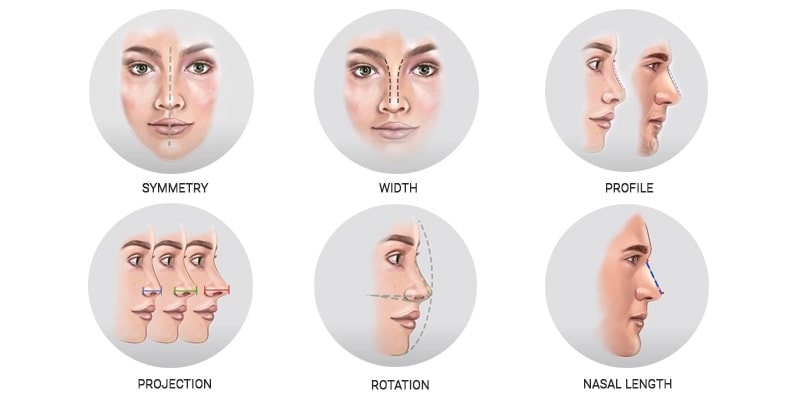
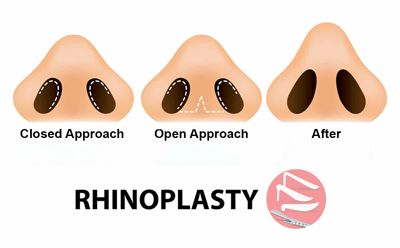
There are multiple types of cosmetic nose surgery, but the two primary types of rhinoplasty include “open” and “closed”. The best approach for rhinoplasty depends on your particular case and on the goals and preferences you and Dr. Linkov define. The differences between the two procedures include:
Closed rhinoplasty is called an endonasal approach.
Open rhinoplasty uses an external approach, with a small incision made at the mid-columella, close to the base of your nose, with a few internal incisions.
Dr. Linkov, a top NYC Rhinoplasty specialist, is a double board-certified and Ivy League-trained facial plastic surgeon; he considers every possibility when weighing the evidence.
While rhinoplasty has a near-perfect safety record, proper anesthesia with complete airway control is essential. The bleeding must be controlled by a skilled, preferably board-certified plastic surgeon, such as Dr. Linkov. He can ensure the procedure’s effectiveness while also guaranteeing that no complications occur. Potential risks and complications of rhinoplasty are:
Because rhinoplasty can cause a variety of complications, it is important to select the best-in-class plastic surgeon who understands these risks and has strategies in place to avoid them.
Once you’ve decided to undergo nose plastic surgery, Dr. Linkov gives you instructions to prepare for your procedure.
To get the best results before the procedure, he advises:
On the day of your nose job surgery, you:
Dr. Linkov performs a complete reshaping of your nose while you’re under twilight or general anesthesia. Simpler procedures, like a nostril reduction, can be performed with local anesthesia only. Anesthesia ensures that your:
The surgery takes two to four hours. You spend another hour in recovery. The major steps of the surgery include:
The cartilage building material typically comes from your own nose, ear or rib. In general, infection rates are lower — and the graft more stable —if you use your own body tissues.
Your recovery time depends on the extent of your rhinoplasty procedure. A short-term healing phase follows your surgery before you enter the long-term healing phase. How long you spend in each phase is determined by a variety of personal factors.
The short-term healing phase occurs in the first few days to weeks after your rhinoplasty procedure. More complicated surgeries require two to three weeks of recovery while the swelling and bruising subside. Common, anticipated conditions occur in the short-term phase, all of which usually resolve after a couple of days or over the first few weeks.
Some of the anticipated post-rhinoplasty conditions are:
During the short-term healing phase, take several precautions to ensure the best result and minimize bleeding, including:
The long-term healing phase occurs in the weeks to months following your rhinoplasty surgery. How long you spend in this phase depends on your health characteristics and the extent of your surgery.
You must follow your surgeon’s instructions during this period to maintain the results of your surgery. In general, you can expect:
The aging process can also impact your long-term rhinoplasty results. As you age, the tip of your nose tends to weaken, sometimes resulting in a droopy appearance. Dr. Linkov, a top-rated rhinoplasty specialist, uses various methods to more permanently secure the tip during surgery to limit its ability to droop.
When evaluating you for rhinoplasty in NYC, Dr. Linkov also assesses the proportions of the rest of your face. Specifically, a recessed or under-projected chin can make your nose look bigger and more pronounced. Your doctor counsels you on the possibility of chin augmentation, including an implant, if you meet the criteria.
As you begin to develop more self-confidence after your nose job, you may consider other cosmetic procedures to further enhance your appearance. Once you’ve had rhinoplasty, there are a number of other enhancements you may want to consider in addition to a chin implant, such as:
To learn more about the other nose cosmetic procedures Dr. Linkov provides, make an appointment with City Facial Plastics in New York, NY.
The cost of nose surgery in NYC is a combination of several factors, including a surgeon’s fee, facility fee, and anesthesia fee. These are sometimes reported as a combined fee in certain offices. In other cases, these are broken down into their components. In New York, the current range for rhinoplasty is between $5000 to $25000, plus the additional fees for the operating room and anesthesia.
Revision rhinoplasty surgery costs are typically 20% to 30% higher for the surgeon’s fee.
The cost of a nose job will vary by:
Cosmetic improvements alone are never covered by insurance, but breathing issues — medical reasons for a nose job — may be. Insurance companies are less and less likely to cover a rhinoplasty in New York City. You may need to endure a three-month waiting period to even get a decision from your insurance company. Often, doctors’ appeals are necessary to secure coverage.
Photos often need to be sent to the insurance companies to justify the need for a functional nose job. Many surgeons are strictly out-of-network, including Dr. Linkov. That means your policy has to include out-of-network benefits to get any reimbursement for a nose surgery from your insurance carrier. Regardless, surgeon fees are often required upfront, before your surgery.
When you’re ready to explore the opportunity to change the appearance of your nose through rhinoplasty, contact City Facial Plastics in Manhattan’s Upper East Side. Schedule your first consultation with the best-rated rhinoplasty surgery specialist in New York City to discuss if a nose job is a right option for you.
This cosmetic procedure has helped many men and women feel more confident in their appearance and have better respiratory health. Dr. Linkov is one of the top rhinoplasty surgeons in NYC. He has succeeded in creating incredible results for his patients. View the before-and-after photos to see the amazing difference rhinoplasty can have on the balance and beauty of the human face.
Satisfaction Rate After Cosmetic Rhinoplasty
According to a “Patient Satisfaction After Rhinoplasty” study published on PubMed, the overall rhinoplasty satisfaction rate is around 83.6%. Out of 2326 cases (294 males and 2032 females), the satisfaction rate distribution among genders was as follows:
Based study on study “Cosmetic Rhinoplasty” published on PubMed shows that out of 369 cosmetic nose job procedures, 87% had a successful correction of their nasal deformity through nasal surgery..
According to the research, out of all the revision surgeries performed:
Given the procedure’s complexity and potentially unrealistic patient expectations, only a few rhinoplasty doctors in New York have a high success rate with nose jobs, and Dr. Linkov is proud to be one of them. His extensive experience in plastic reconstructive surgery allows him to perform a nose job operation of the highest level, culminating in a success rate of more than 90%. That is why many patients see Dr. Linkov as one of the best cosmetic plastic surgeons in the city for rhinoplasty.
As an alternative to surgical rhinoplasty, some patients opt for liquid rhinoplasty, also known as nonsurgical rhinoplasty, which involves injecting dermal fillers (such as Restylane) into specific areas of the nose to achieve cosmetic changes. These nonsurgical nose job outcomes are temporary and limited in what can be achieved.
Some plastic surgeons, including Dr. Linkov, use computer renderings of what the nose might look like after surgery to help guide patient decision-making. The most crucial thing is that both the doctor and the patient agree on the aesthetic goals. Please remember that the computer image is not a guarantee of what will follow after surgery, but rather a framework for the surgeon to work with during the procedure.
You should be able to return to work a little more than a week after surgery. However, there may still be some swelling and reddish incisions.
Dr. Linkov will use an external splint to keep your cartilage and bone in place while they heal. The splint will help minimize swelling and protect your nose’s new shape. Internal splints may be used by your doctor to offer support within the nose and to stabilize the reshaped septum after septoplasty. Internal and external splints are usually left in place for one week following surgery.
Dissolvable stitches are often used internally to keep the lining in place during healing and may take many weeks to completely break down. Non-dissolvable sutures are commonly used on the outside of the nose and should be removed within 5 to 7 days after treatment.
Bruising is common following surgery and can last anywhere from two to three weeks. Most swelling in the nasal tissues will usually subside within two months. However, depending on your procedure’s complexity, it can persist for a year or even longer, typically in the tip of the nose. We use delicate surgical techniques and Arnica Montana to decrease the extent and the intensity of swelling and accelerate postoperative healing.
Rhinoplasty makes your nose’s blood vessels extremely sensitive, and exercising too soon after surgery can result in bruising, nose bleeds, and other postoperative complications. Hence, you should avoid any exercise other than light to brisk walking for at least one week following your surgery. Within three to four weeks of the treatment, you can gradually resume gentle, non-contact exercises.
Dr Linkov performed surgery on my nose in December 2019. His professional demeanor, highly skilled, confident, and detailed knowledge of such a precision demanding craft left me in a state of awesomeness! I trust this Gentle Doctor and highly recommend him to anyone who is considering any of the services that his practice provides!
HORACE DAILEY
Back to top of Rhinoplasty Procedure
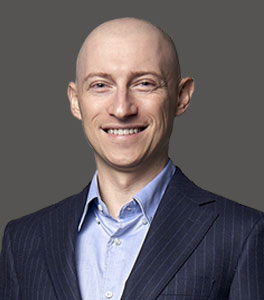
Dr. Linkov is a double board-certified by the American Academy of Facial Plastic and Reconstructive Surgery and the American Board of Otolaryngology-Head & Neck Surgery. A native of New York, Dr. Linkov graduated as a salutatorian from Cornell University and received his Medical Degree at Columbia University College of Physicians and Surgeons. Dr. Linkov conducted advanced head and neck cancer research at the world-renowned Memorial Sloan Kettering Cancer Center. Dr. Linkov is a former Adjunct Assistant Professor at New York University (NYU), where he taught Rhinoplasty.
Dr. Linkov is New York's top-rated facial plastic surgeon specializing in lip lift, facelift, rhinoplasty, and hair transplant. Voted top 5 lip lift surgeons in the US, he is listed in the prestigious SuperDoctors New York™ registry and featured on the Dr. Oz Show, where he discussed the state-of-the-art hair transplantation procedure.

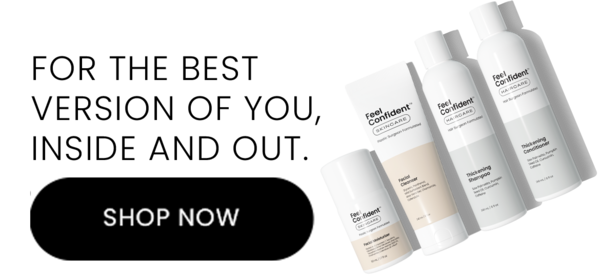
City Facial Plastics 150 E 56th St, #1AB, New York, NY 10022 (212) 439-5177